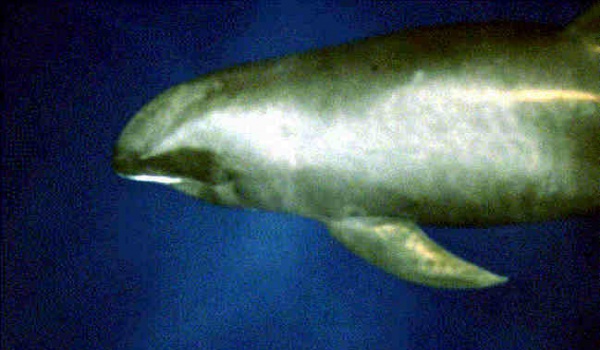Facts About Melon-headed whale
The melon-headed whale, also known as the electra dolphin, little killer whale, or many-toothed blackfish, is a small to medium-sized toothed whale that belongs to the oceanic dolphin family. Despite their widespread presence in deep tropical and subtropical waters globally, these whales are rarely observed at sea. The best opportunities for spotting them are near oceanic islands such as Hawaiʻi, French Polynesia, and the Philippines. They are the sole species in the genus *Peponocephala* and were first described in 1846 by John Edward Gray. Closely related to other dolphin species, they are also part of the blackfish group.
Melon-headed whales possess a dolphin-like body with a distinctively shaped head and dark gray coloration. They can grow up to 2.75 meters (about 9 feet) in length and weigh up to 225 kilograms (about 500 pounds). They reach physical maturity between 13 and 15 years of age and can live up to 45 years. Their diet primarily consists of squid and small fish, and they typically forage during nighttime dives. These whales are highly social creatures, often traveling in large groups of up to 500 individuals.
However, melon-headed whales face several threats, including bycatch from fisheries, pollution, noise pollution, and hunting. They are particularly sensitive to anthropogenic noises such as military sonar. Although listed as Least Concern on the IUCN Red List, there are ongoing concerns about the potential threats to their populations.

 Colombia
Colombia